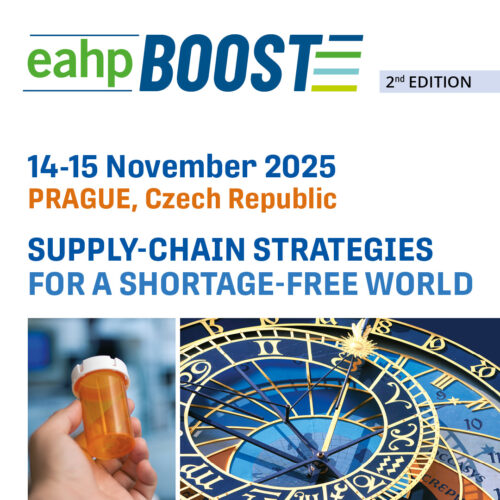IMPLEMENTATION OF A SAFETY ALERT SYSTEM IN A HOSPITAL
European Statement
Patient Safety and Quality Assurance
Author(s)
MERCEDES GIMENO-GRACIA, TRANSITO SALVADOR-GOMEZ, ROSA MARECA, JOSE IGNACIO GARCIA-MONTERO, MIGUEL ANGEL SALVO, PILAR ABAD, BEATRIZ ABAD, CESAR VELASCO
Why was it done?
The Spanish Agency of Medicines and Health Products (AEMPS) issues drug and health product-related alerts to the health centres through each region’s Department of Health. The means through which said alerts reach the health professional is not always adequate. The procedures for alert dissemination in our hospital hadn’t been standardized yet: some professionals were alerted more tan once while others weren’t alerted at all. Furthermore, there was no record of these alerts
What was done?
We developed a safety alert management and dissemination system implementation in a hospital setting.
How was it done?
In April 2014, a multidisciplinary workgroup was established (3 members of the Preventive Medicine Service, 2 pharmacists, 2 members of the Supplies Service, 2 computer technicians and 2 members of the hospital’s Management) to analyse management and dissemination of alerts within the hospital at that time. Safety alerts can attain to different elements: drugs, medical devices and public health. Throughout 2015 new circuits and actions were established and in 2016 their implementation was initiated.
What has been achieved?
The workgroup held 7 meetings from April 2014 to June 2016. The project started focusing on drug-related alerts. An algorithm was designed to handle them, in which a pharmacist filtered the alerts (via e-mail) and assessed which had to be spread, and among which professionals. Additionally, the pharmacist managed the alert. The dissemination worked as follows: from the Pharmacy Service to Medical or Nursing Directors, who spread the message to the different units recommended by pharmacist, specifically to their respective Manager, Tutor of Residents and Quality Manager. All alerts were recorded in a database, along with how they were handled.
From January to June of 2016, a total of 235 drug-related alerts were sent from AEMPS. The dissemination was as follows: 44.3% (104) were spread among pharmacists, 36.6% among doctors, 5.5% among nurses and 9.4% to other professionals. The types of drug-alert received were classified as: supply problems (84.7%), use recommendations (7.2%), quality alerts (7.7%) and others (0.5%).
What next?
Next step is implantation of this alert management system with medical devices alerts and public health alerts.
























